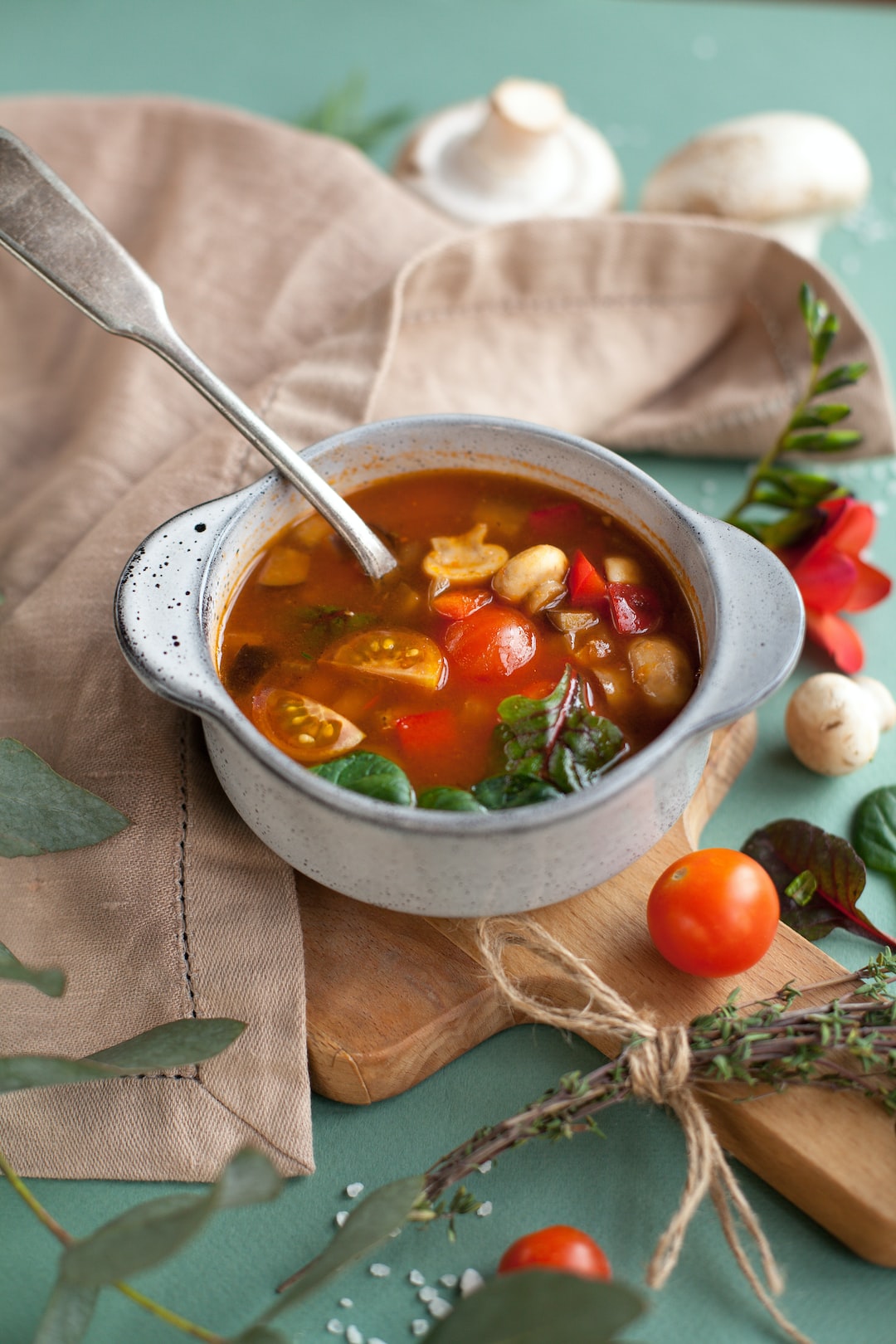Deliciously Different: Fusion Cuisine Explained and Explored
Food is a universal language that transcends borders and cultures. It often reflects the traditions and flavors of a specific region or country. However, in recent years, a new culinary trend has taken the world by storm – fusion cuisine. This innovative approach to cooking combines elements from different culinary traditions to create unique and exciting dishes that tantalize the taste buds.
Fusion cuisine is a blend of two or more culinary traditions, merging the flavors, ingredients, and cooking techniques from different cultures. The result is a harmonious marriage of flavors that pushes the boundaries of traditional cooking. It takes inspiration from various cuisines, such as Asian, Mediterranean, African, and Latin American, to create a truly global dining experience.
One of the key characteristics of fusion cuisine is the incorporation of exotic ingredients and spices. Chefs experiment with flavors by integrating unexpected combinations, such as ginger in Italian pasta or curry in Mexican tacos. This fusion of ingredients adds depth and complexity to the dishes, creating something entirely new and exciting for the palate.
The origins of fusion cuisine can be traced back to the 1970s in California, where chefs began experimenting with Asian and Latin American flavors. This culinary trend gained popularity as the world became more interconnected, enabling the exchange of ideas and ingredients across borders. Today, fusion cuisine can be found in trendy restaurants around the globe, offering diners an adventurous and unforgettable culinary experience.
What makes fusion cuisine so fascinating is its ability to mix and match different techniques and flavors while still maintaining a cohesive and balanced dish. For instance, a fusion dish might combine the delicate art of French cooking with the fiery spices of Indian cuisine. The end result is a gastronomic masterpiece that showcases the best of both worlds.
Fusion cuisine also celebrates the diversity and richness of different cultures. It allows chefs to pay homage to their heritage while also exploring new possibilities. For example, a sushi burrito combines elements of Japanese sushi with the convenience of a Mexican burrito. This cross-cultural creation bridges the gap between two iconic dishes, offering an innovative and satisfying dining experience.
Another advantage of fusion cuisine is its ability to cater to different dietary needs and preferences. With the rise of vegetarianism and veganism, many chefs are adapting traditional dishes by substituting animal products with plant-based alternatives. This not only makes fusion cuisine more inclusive but also encourages experimentation and creativity in the kitchen.
In conclusion, fusion cuisine is an exciting and constantly evolving culinary trend that brings together the best of different culinary traditions. It offers a delightful blend of flavors, textures, and cooking techniques that challenge the traditional notions of cuisine. Fusion dishes not only tantalize the taste buds but also showcase the beauty of cultural diversity. So, whether you’re craving Mexican-Thai tacos or Japanese-Italian fusion sushi, be prepared to embark on a deliciously different gastronomic adventure that will leave you craving for more.

